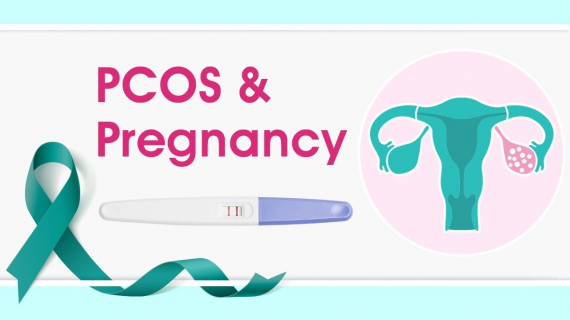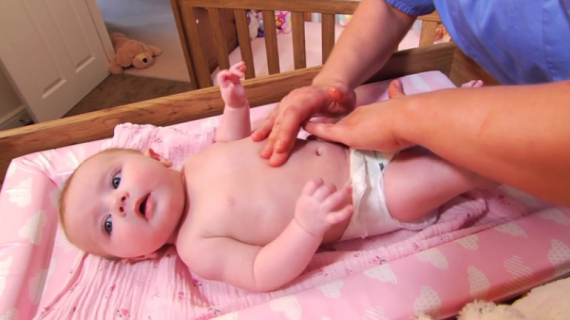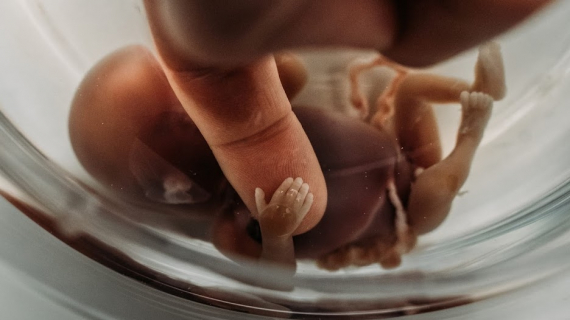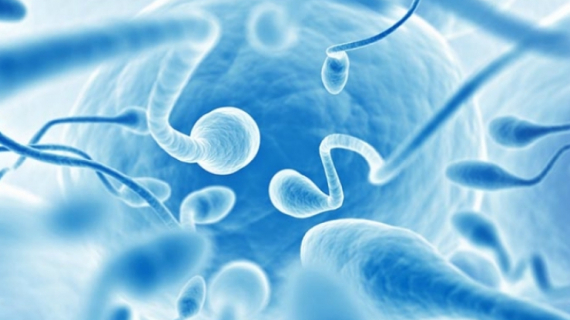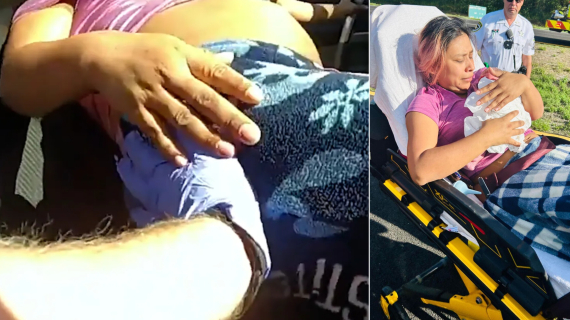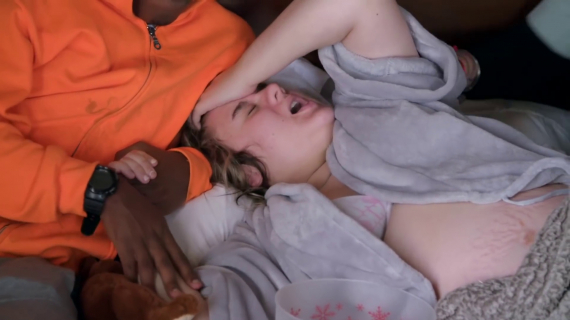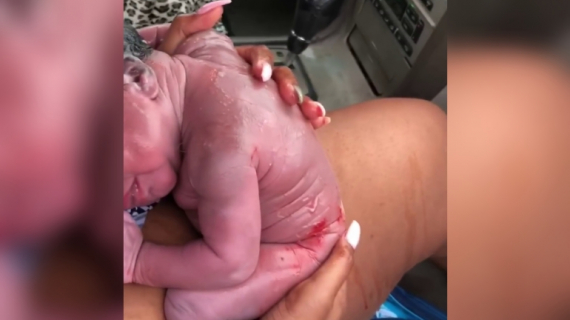Postpartum Exercise: How to Check Yourself for Diastasis Recti?
Diastasis recti reduces the integrity and functional strength of the abdominal wall and can aggravate lower back pain and pelvic instability. Separation in a previous pregnancy significantly increases the probability, and severity, of the condition in subsequent pregnancies. Women expecting more than one baby, petite women, those with a pronounced sway back, or with poor abdominal muscle tone are at greatest risk. Genetics also plays a big role. For some women, it simply how their bodies respond to pregnancy.
Unfortunately, flurries of misconception swirl around diastasis recti and abdominal exercise during and after pregnancy in general. You're likely to encounter a broad range of contradictory opinions and advice about how to recondition your abdominal wall and how to restore the midline after childbirth. Some of these assertions can cause unnecessary alarm, while another common piece of advice-do a lot of "crunches"-can actually worsen diastasis recti/abdominal separation.

